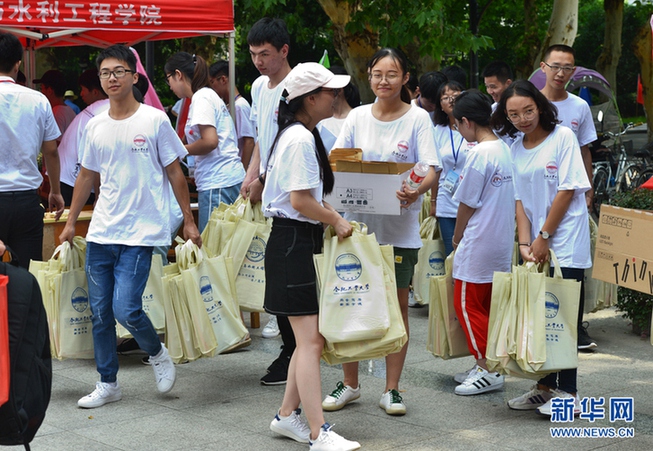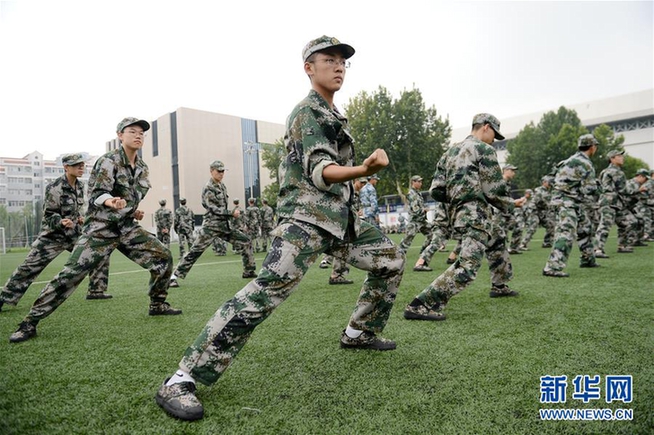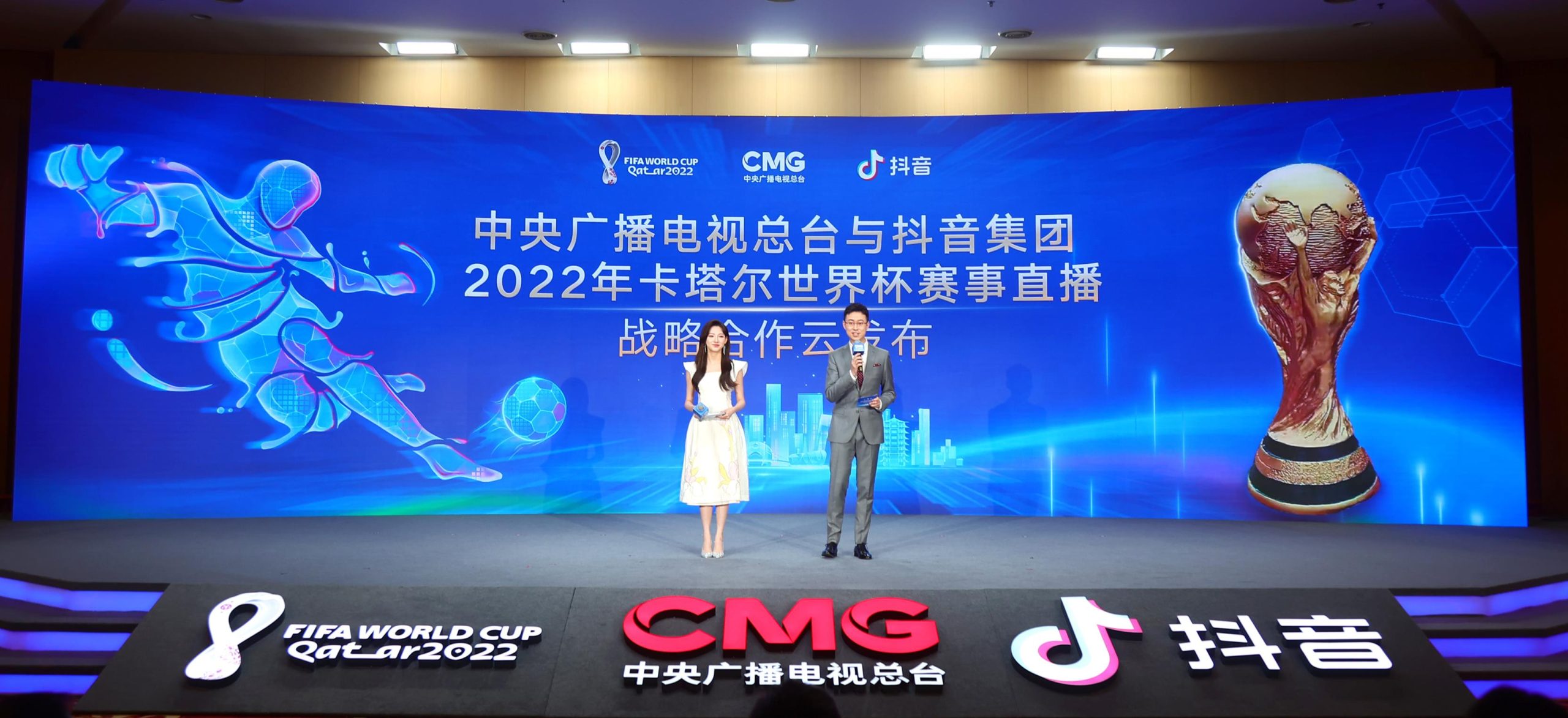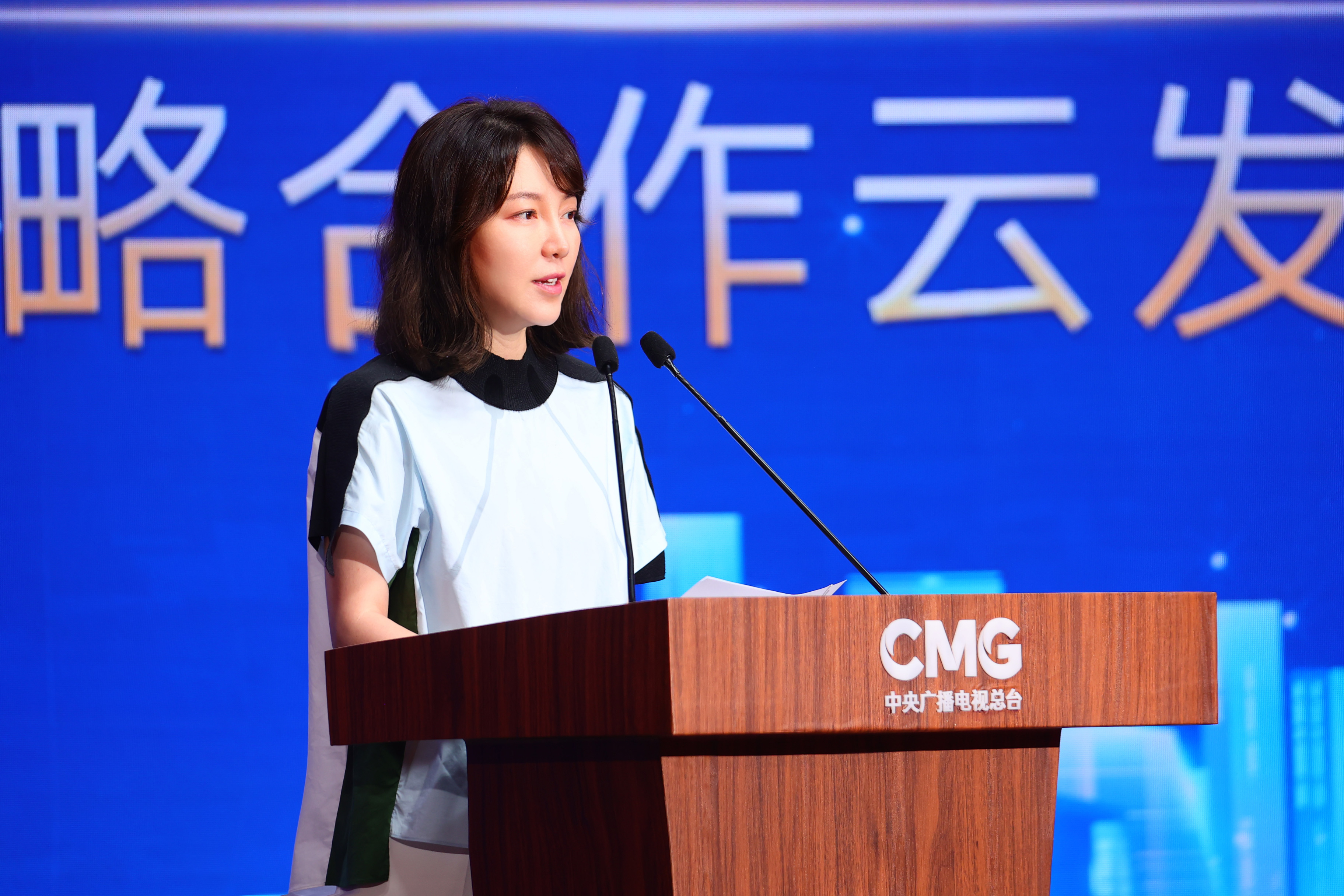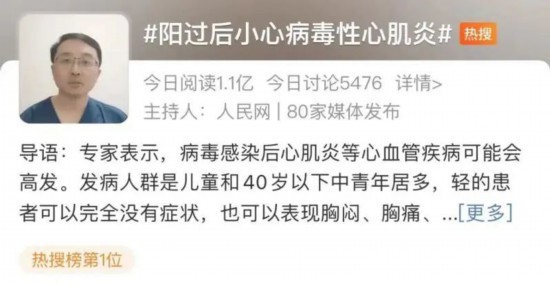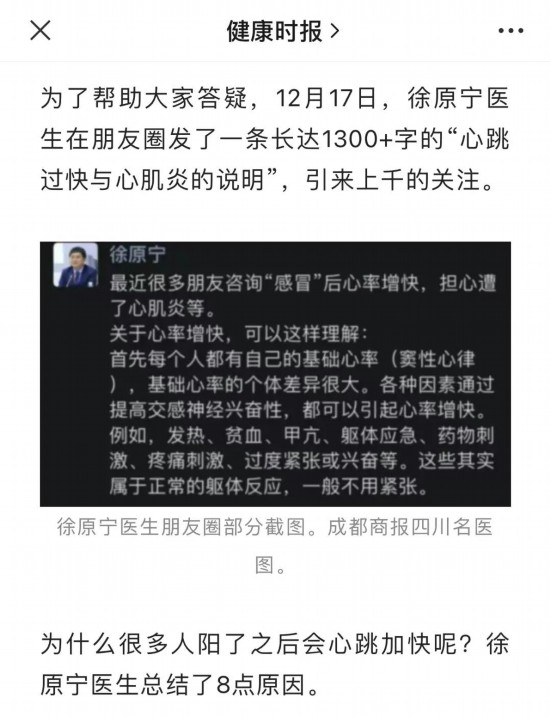Wen Jie’s face made Ren Zhengfei swollen.
Produced by Tiger Sniffing Automobile Group
Author | Li Wenbo
Editor | thoughtful
Headshot | Screenshot of the M5 conference
The joy of asking car owners to consciously be promoted to "Huawei car owners" has not passed, and Ren Zhengfei’s big mouth is ruthlessly drawn in their faces.
Today (March 31st), according to Cailian Comprehensive 36Kr, Huawei once again issued a decision announcement on the automobile business. The announcement was signed by Ren Zhengfei, founder and chairman of Huawei, and once again stressed that "Huawei does not build cars" and "valid for 5 years". In addition, Ren Zhengfei also put forward strict requirements for the exposure of Huawei logo in automobile design. "Emphasize that Huawei /HUAWEI cannot be used in vehicle promotion and appearance." The source said, and emphatically pointed out, "you can’t use’ Huawei asking the world’ and ‘HUAWEI AITO’. "
On the 8th of this month, AITO was still on its official Weibo."Openly" turned the familiar "AITO asking the world" into "HUAWEI asking the world".What is even more imaginative is that the Weibo was forwarded by the official account of "HUAWEI Terminal": "Where you want to go, Huawei asks about the car and always accompanies you!"
A small change in the name, in addition to causing the carnival of sales in the world that "Huawei cars can finally be called aboveboard", has once again aroused the N-degree conjecture of "Huawei makes cars":Is this time, Huawei really going to build a car by itself?
In fact, this name change is just a standardized adjustment of the marketing port between Huawei and Cyrus Auto, and it does not involve the adjustment of the cooperative relationship between the two parties.
Contrary to the outside world’s speculation that the relationship between the two parties is "broken", on February 25 this year, Huawei and Celestial Automobile also signed an agreement to deepen joint business in Shenzhen: Huawei terminals play a leading role in market and user demand insight and define new products; Sailis continues to do a good job in the iterative evolution of existing models, enhance the product experience, and launch a new platform for the future. The first flagship model under the new platform is scheduled to be released in 2023, which will be equipped with a high-level intelligent driving system, and a number of new models will be launched in succession.
At the signing ceremony, Yu Chengdong, managing director of Huawei, consumer BG CEO and smart car solution BU CEO, said:"Sailis is the earliest car company with the deepest investment and the most product models in Huawei".On other public occasions, Yu Chengdong has repeatedly stated that the cooperation between Huawei and Celeste will not decrease, but will increase instead of decrease.
The person who can have the first voice in Huawei is Ren Zhengfei’s father after all.
No matter how much Yu Dazui scampered, before a paper announcement signed and signed by the boss, he only sounded the golden bell and retired. Speaking of it, Yu Dazui’s psychology is better than that. Go back to headquarters to calm down a few words.Just watch Tesla reverse the car and hit the stone pier several times.
Source: Little Red Book
However, users who have only been "Huawei car owners" for 23 days may not be able to psychologically accept Huawei’s announcement with such a firm attitude and such a blunt tone. As soon as the gang put the "HUAWEI”logo purchased from a third party on the car’s ass, the" April Fool’s joke "was played on themselves, which was like" Wolf Warriors only has myself ".
Build a car and get stuck in Huawei’s neck
Is it difficult to build a car smoothly in China?
Ask the three electric brothers: Li Bin, Li Xiang and He Xiaopeng, and the answer is definitely "difficult, too difficult". However, everyone did not expect that this matter was not simple for HUAWEI, who had "Huawei before the day". According to incomplete statistics, in the past five years, Huawei has said nine times that it will not build cars through Ren Zhengfei, rotating chairman and internal documents.
For example, in January 2019, Ren Zhengfei publicly stated that Huawei will never build a car. In May of the same year, Ren Zhengfei also said that "Huawei will not switch tracks casually"; In 2020, Wang Jun, president of Huawei BU, said at the mobile phone new product launch conference that "Huawei does not build cars, but helps car companies build good cars"; In November, 2020, Ren Zhengfei said sternly: Whoever makes suggestions to build a car and interfere with the company in the future can be transferred from his post and look for another post; In May 2021, the official account of Huawei Group issued the "Statement on Huawei not making cars"; At the end of 2021, Yu Chengdong reiterated that "Huawei does not build cars" at Huawei’s winter flagship conference; At the 2021 financial report conference, Guo Ping, the rotating chairman, reiterated that Huawei does not build cars.
This time today, it happened to be the 10th time that Huawei said "no cars".
Is it difficult to build a 5G mobile phone? It is very difficult when the chip is stuck in the neck by Americans. However, Huawei has never said "no 5G mobile phones". Although we can use the 4G+ HarmonyOS system to provide a practical experience beyond 5G, we finally broke through many blockade lines and completed the landing of 5G mobile phones equipped with 5G chips.
But in the car-building track, Huawei gives people the impression that it is uncharacteristically evasive, often rushing to put the hat of "a first-class retired performance artist" on its head.
Why? Because you build your own car, there are too many links to be stuck: qualification, factory, production line, supply chain and so on. But if you don’t build a car, when you are a supplier, you can turn around and get stuck in the neck of the car company. Instead of paying money out of your own pocket and laying out design, production, channels, marketing and services from 0 to 1, it is better to empower cars and be a porter of money in the pockets of car companies.
After all, it is well known that people who make cars have money.
In fact, Huawei did this long before asking the world. From 2013 to 2015, Huawei launched the in-vehicle communication module ME909T, which was quickly installed on the production models of world-renowned automobile brands such as Audi and Mercedes-Benz. In 2014, Huawei’s car networking division developed the MirrorLink App based on Huawei’s mobile phone, and German Volkswagen immediately announced that the system would be used by domestic and imported people. In 2018, Huawei heavily modified a Porsche Panamera at the Mobile World Congress, enabling it to automatically identify the surrounding environment and make the most appropriate driving actions. For example, it was once boasted by the new forces of China, but it has not been thoroughly studied until today. "Emergency avoidance"; In 2019, Huawei released HiCar and HarmonyOS OS at the developer conference;
In 2020, Huawei released the smart car solution brand Hi: Huawei Inside; In 2021, Huawei Inside debuted on the Huawei HI version of Beiqi Extreme Fox Alpha S. In the same year, Aouita 11, another model in Huawei Inside mode, appeared. This year, the Celestial SF5 was not cold, and the new brand AITO Wenjie appeared with the latest HarmonyOS smart cockpit model M5, which is a production car that Huawei deeply participated in defining the whole process of design, production and manufacturing, and it is also the model with the highest "Chinese content" on the market so far.
The three paths for Huawei to build cars were also recognized by the public after the specific models landed:
1. Parts supply mode: traditional Tier 1 provides standardized parts, such as communication modules, motors, T-boxes, etc.
Second, the solution integration HI mode: traditional Tier 0.5, providing smart car full-stack solutions, MDC computing platform, intelligent cockpit, intelligent driving, intelligent Che Yun, etc.;
Third, intelligent car selection mode: traditional Tier 0, providing parts and solutions support, deeply participating in the whole process of product design, quality management, brand marketing and terminal sales.
Yu Chengdong is the leading intelligent car selection mode, while BAIC Polar Fox and Aouita are the HI modes at Wang Jun’s helm.
Different modes mean different "Chinese content". The level of "Chinese content" directly determines the brand’s position in the hearts of users and its sales performance in the market.
In the case that the complete delivery time is less than one year, the industry has made a cumulative sales of 78,000 units. Also in the first year, Weilai delivered 1.13 sets, Tucki delivered 16,600 sets, and the ideal delivered 32,600 sets, all of which didn’t ask much.
Behind the "explosion at birth", Yu Chengdong hosted a mysterious closed-door meeting. At the meeting, Yu Chengdong said: Huawei should not only help enterprises "build good cars", but also help them "sell good cars". "Not only help the horse, send a ride, but also participate in the whole process and deeply empower."
What do you mean by "full participation and deep empowerment"? Simply put, Huawei rolled up its sleeves and did everything, and Cyrus stepped back and became a mascot.
Appearance, cockpit, chassis, Sandian, car, audio, the core parts of these smart electric vehicles are all decided by Huawei. It’s not finished when the car is off the assembly line. Huawei directly drives the asking world to its own stores, let Huawei sell it in the first line, and endorse the asking world with Huawei’s brand power and sales channels.Where you can buy Huawei’s 4G mobile phone, you can buy the world.
BAIC Polar Fox and Aouita, which adopt HI mode, don’t have this treatment. In May, 2022, Beiqi Extreme Fox Alpha S HI version came by. Except for a "stunning" driver’s assistance test image, the reputation and sales of this car soon cooled down. A senior executive of BAIC Polar Fox also complained bitterly: After working with Huawei for so many years, people have gained a lot of voice. What have we got from BAIC?
BAIC got nothing, and Huawei got nothing. Wang Jun’s exit dealt a heavy blow to HI mode. At this stage, Huawei can maximize the empowerment of car companies and continue to make big money from the pockets of car companies, leaving only one smart car selection model.
Don’t let the car companies get away
On the road of smart car selection, Huawei has not gone smoothly this year. The most intuitive reaction is that the sales of the world have come down.
In January this year, the sales volume of the industry was 4,475 units, and in February, the sales volume fell to 3,505 units, which has been declining for two consecutive months. The pot in January can be thrown to the Spring Festival, but in February, the passenger car market rose both month-on-month and the "far ahead" sector fell against the market, which is somewhat unreasonable. What’s more, this is still the result handed over by the industry after the highest price reduction of 30,000 in January.
Source: Snow Leopard Finance and Economics
In the third week of March, the total sales volume of the industry was only 730 units. According to this estimate, the sales volume of the industry in March may have just climbed over 3,000 units, which was 500 units lower than that in February.It can be said that "last year’s sales were as fierce as a tiger, and this year’s look is in place."
After a short year of glory, the hometown of the literary circle has been almost stolen by all the effective forces that have been madly reducing prices. Go on, even the Volkswagen ID can’t be sold.
Everyone knows that Cyrus can’t carry it, and Huawei can’t be unaware of it, let alone put the "eggs" of making cars in the basket of the world. Jianghuai, Chery and Polar Fox have all joined the smart car selection model, which means that Celes is no longer Huawei’s "only child" in terms of product definition, core parts, supplier system, quality standards and sales service channels.
In the past, everyone said that they would buy a "Huawei car", but in fact they were going to buy a car. But after that, everyone said to buy a "Huawei car", and it is possible to buy Chery, Jianghuai, Extreme Fox or other brands.
You know, the more diluted the public awareness of "Huawei’s pro-son" in the world, the better the solution of smart car selection. It is Ren Zhengfei’s spring and autumn dream to live into Bosch in the era of smart cars, not Tesla.
By cooperating with more mainstream automobile brands, Huawei’s status as a top industrial chain supplier will be more recognized by the industry, and the bargaining power of large automobile companies and even international automobile companies will become stronger and stronger. This is the next big move that Huawei wants most.
Especially after falling out with Guangzhou Automobile Ai ‘an, Huawei is afraid that there will be another car company running away in the short term.
On the evening of March 27th, Guangzhou Automobile Group announced that the Ai ‘an AH8 project was changed from joint development with Huawei to independent development. Huawei will continue to participate in the development and cooperation of the company’s own brand models as an important supplier.The joint development mode between the two sides officially ended.
At the 19th China Automobile Marketing Summit in 2022, Xiao Yong, deputy general manager of Guangzhou Automobile Ai ‘an, publicly spoke out: "Huawei is a big-name supplier, and its price is relatively high and uncontrolled. We want to cooperate with Huawei, and we will find that there is basically no bargaining power."
Xiao Yong, Deputy General Manager of Guangzhou Automobile Ai ‘an
Huawei’s strength is evident in its ability to make large state-owned car companies accustomed to suppliers lose their bargaining power. However, such a powerful magic can only work in front of weak chicken car companies. After all, these car companies are counting on Cyrus’ story of Jedi rebound to reappear on themselves. Once faced with a BOSS-class car company with a large volume, a long history, a deep foundation and a tougher stance, Huawei may not dare to show its teeth too much.
These big car companies are not the first day to build and sell cars. In the past years, Huawei has not been "empowered" without you. Have I done it right?
Write it at the end
In the cooperation with Cyrus, Huawei has mastered the initiative in three aspects: first, all automobile data; Second, the calibration of vehicle core parameters; Third, the main sales channels.
To tell the truth, except for companies like Cyrus, few car companies are willing to give up their right to speak without reservation. Huawei is responsible for the calibration of car data and parameters, which is basically equivalent to handing over the soul and body of a car together, leaving only a few scattered skeletons to piece together.
Let Huawei sit in the living room for a while, show it to passers-by, and attract more people into the house. Car companies can’t be happier. But after sitting for a while, Huawei wants to be the owner of the house, and car companies will not agree as long as they are not stupid.
Car companies are willing to accept "the immortal of HarmonyOS car racing", but they will never accept "Huawei comes first, then there will be days".
Huawei hopes to stop the behavior of "asking for cars" to become "Huawei cars" and let car companies put their hearts back into their stomachs: we don’t build cars, we want to be good waiters for car companies.
As for whether car companies believe it or not, it’s hard to say. Anyway, SAIC Chen Hong certainly doesn’t believe it.
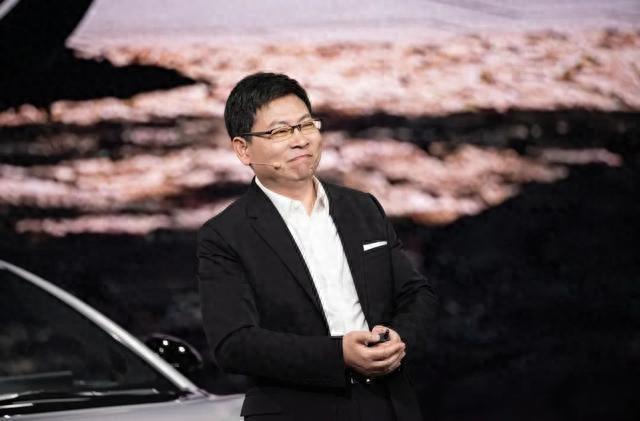


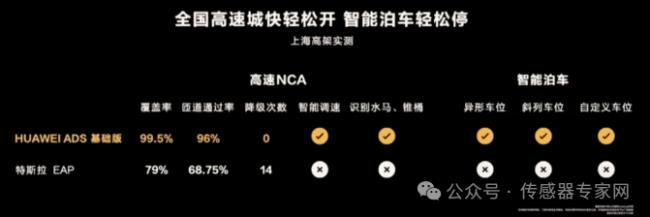
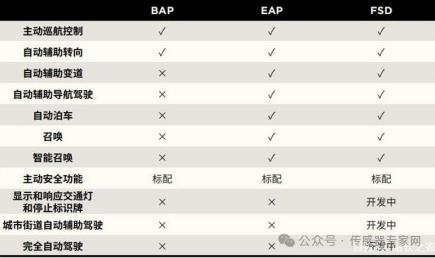
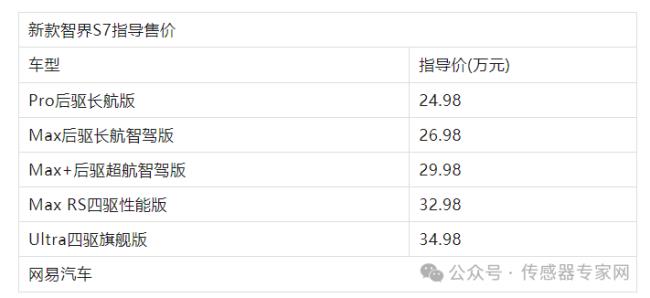





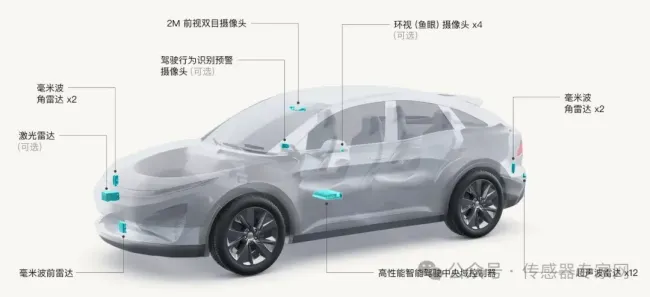
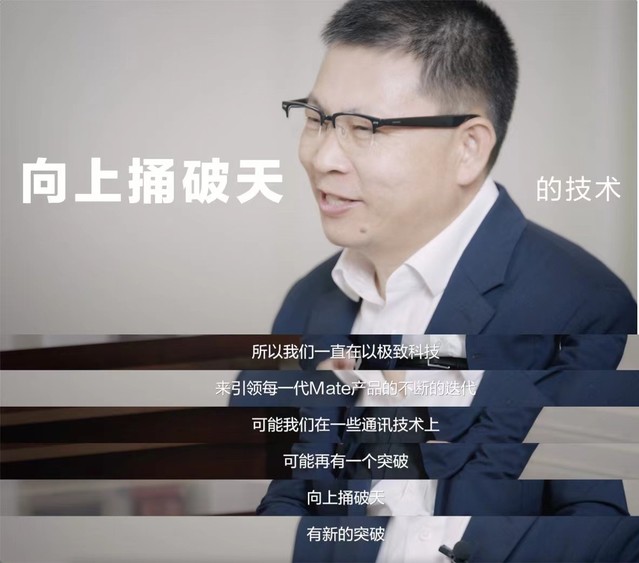







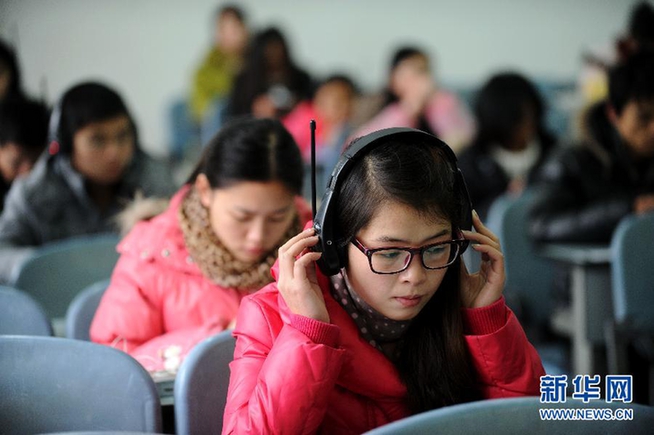
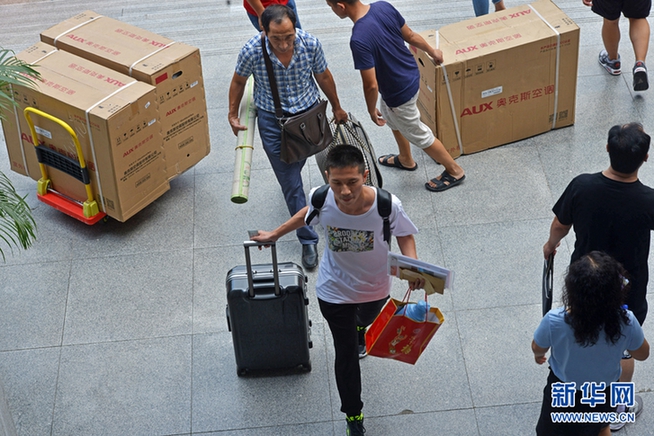
 Bedside shelf
Bedside shelf